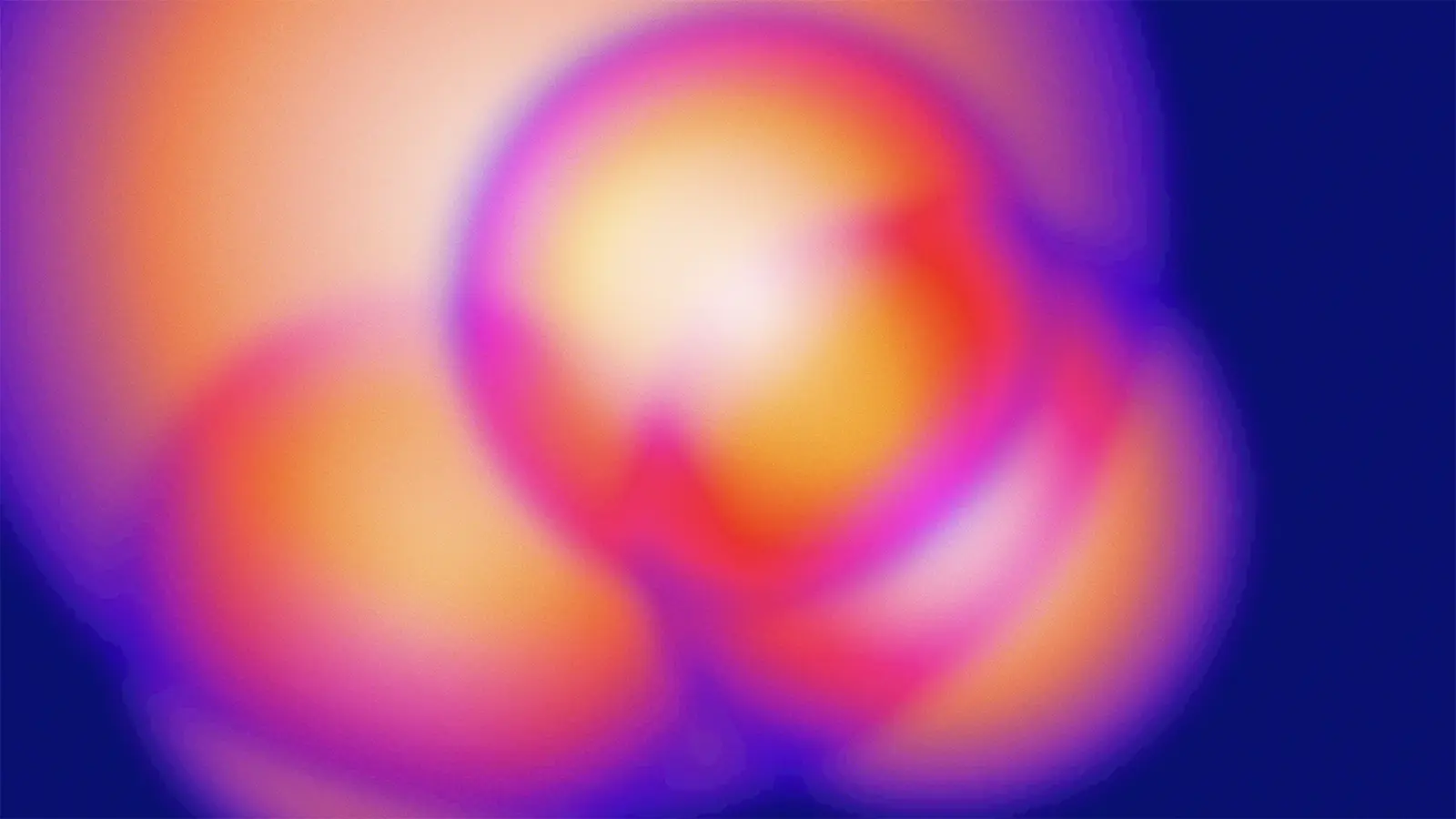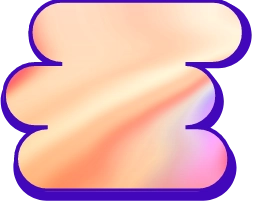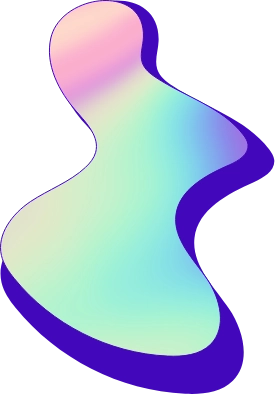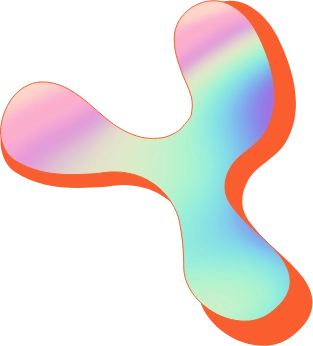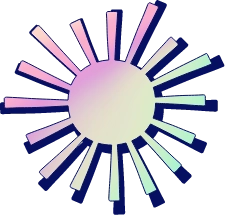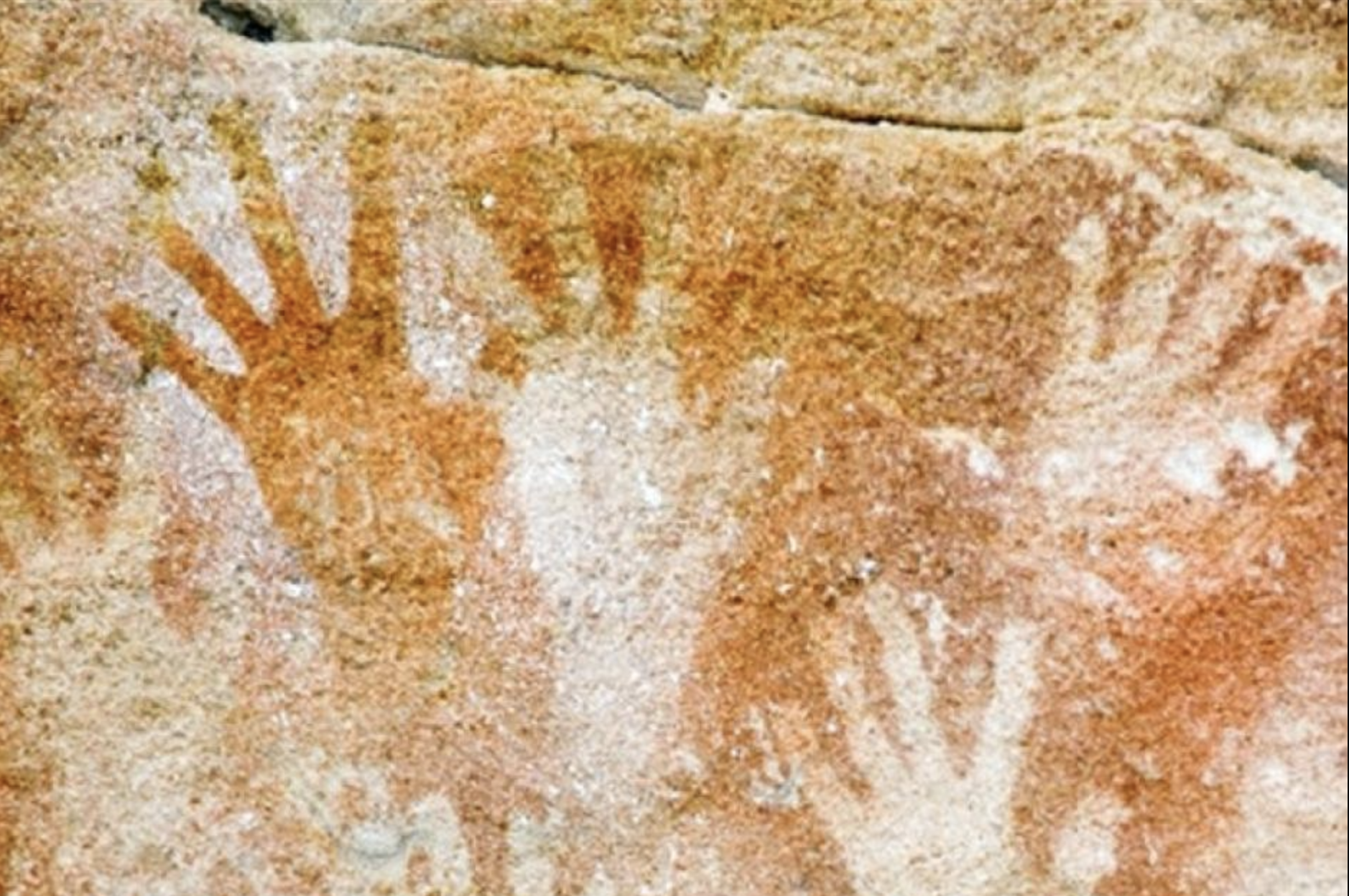The social glue of collective-producer creativity
Festivals can feel like an escape from everyday life. A hiatus. A Petri dish. A place where your warbling, loose-bodied, deeply connected, poetic, liberated shadow-self steps out and does a joyous, hippy moondance. Four nights only!
For all our cutting-edge, we’ve got to admit that these are hardly new vibrations. Festivals have long been engaging, connecting, and energising people through music, dance, poetry, costume, song and storytelling.
Science is currently ‘discovering’ that art, music and creativity are integral to wellbeing; a plethora of research studies have come out in the last few years linking art practice with improved mental health – some naming it as a form of social action. Yet in the daily life of affluent societies, these creative practices may seem to be subdued by the passive, individual consumption of ‘media’ through screens, browsers and brands. In our world of media intake, the majority political class (that’s us!) are positioned as swallowers of messages crafted by people who too often have little knowledge of the real needs of our community.
But all is not lost, Shambalans! Thankfully, humankind has been exploring and refining collective-producer creativity for millennia – and many cultures still do.
For many sub-Saharans, for example, music and dancing are an integral part of collective life. In some cases, particular patterns have been passed down for centuries. For communities grounded in West African polyrhythms – multiple rhythms felt or played at once – a sense of resilience to and understanding of the knocks of life can develop through experiencing ‘cross-beats’ in addition to the main rhythm. Yet often sub-Saharan languages do not have a word for rhythm or even music; there is no need: rhythm is the interdependence of people and the fabric of life. The heartbeat of the drum is synonymous with the heartbeat of the community.
In Australia, Aborigines could – and still do – travel vast distances through their homeland’s mainly desert interior using art that maps histories, landmarks, navigation and tracking aides. Old ‘songlines’ – intricate song-cycles recorded through rhythms, melodies, stories, painting and dance – criss-cross the land itself, describing the paths of the ancient creator-beings of the ‘Dreamtime’ that brought the world into existence.
If the traveller knows the contours and sequence of a particular songline they will not lose their way: the melodic tracks describe the shape of the natural phenomena over which they pass: these sometimes run through the lands of hundreds of different peoples, cultures and languages across the vast continent. For all our preconceptions about tribal allegiances, there is no barrier; the songline itself is the passport, since different parts of the song are sung in the different languages encountered along its length. Listening to the song is like walking the land itself.
There are many examples of communities intertwining beauty and fundamental function in their art: From the useful and intricate North American ‘talking sticks’ – tools of aboriginal democracy, passed round as a symbol of each person’s right to a voice – to Samoan rite-of-passage tattoos, telling layer upon layer of shared and individual stories.
The enormous disruptions that have happened to indigenous or continuous cultures in modern times are only one of many reasons to highlight these marvellous, creative methodologies. They also teach a deeply relevant message in a modern world of stressful borders and fragmented, inconclusive information. Exercising our creativity together is a glue that bonds strongly.
In a consciously interconnected society, every voice, every clap, every footbeat, has an important part to play: they are rich threads in the tapestry of the whole.
Creativity is inherent. It is healing, it is immediate and it has a social function; it is our passport to anywhere.
So, ask yourself as you head out into the festival; is this actually a hiatus from the everyday? Or, is it rather, just one vivid melody within a far more extensive songline?
Collective-producer creativity is a practice at the heart of The Voice and Music area – forged in the empowering heat of the Tribe of Doris. Come down and exercise your feet, hands and vocal chords: pick up a songline, fire up your creative life; get your passport to anywhere! See the listings page for details of workshops and performances.
